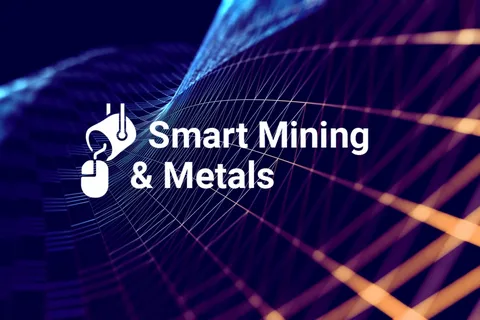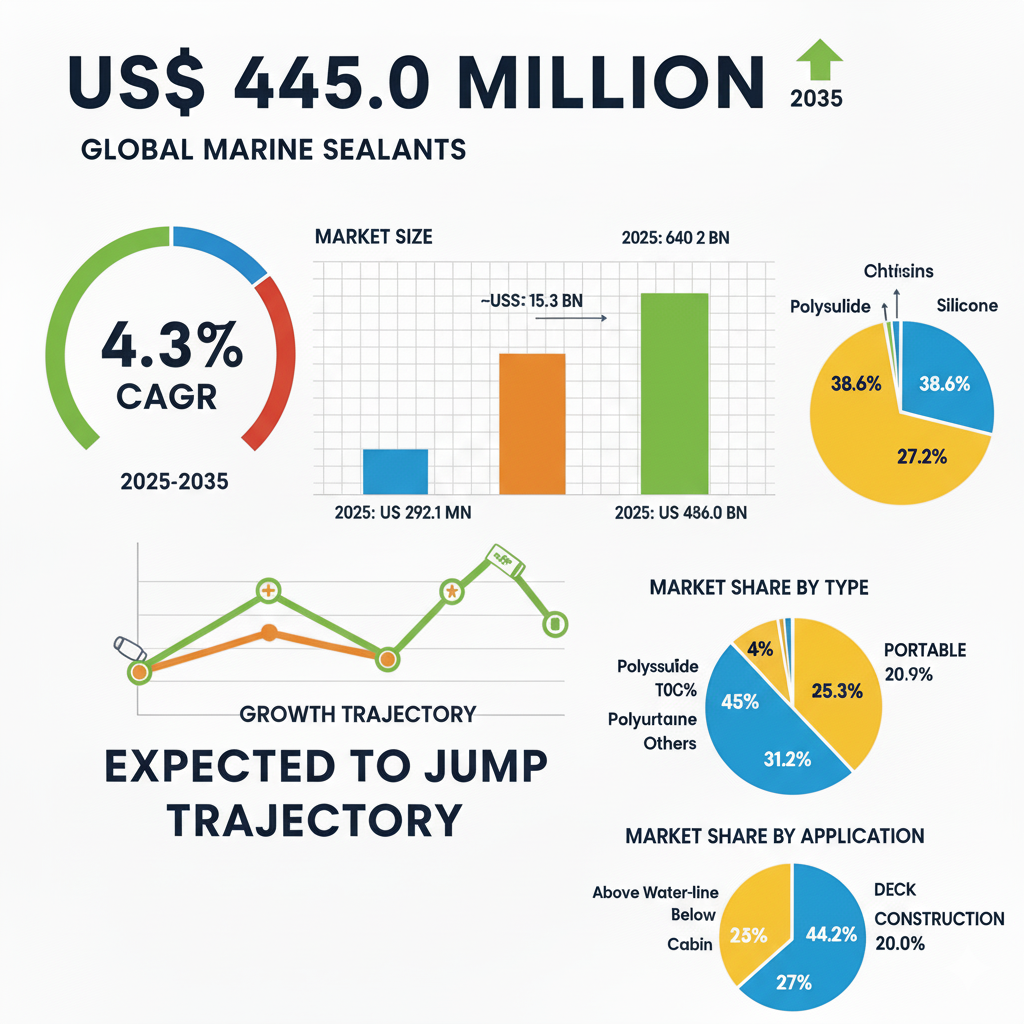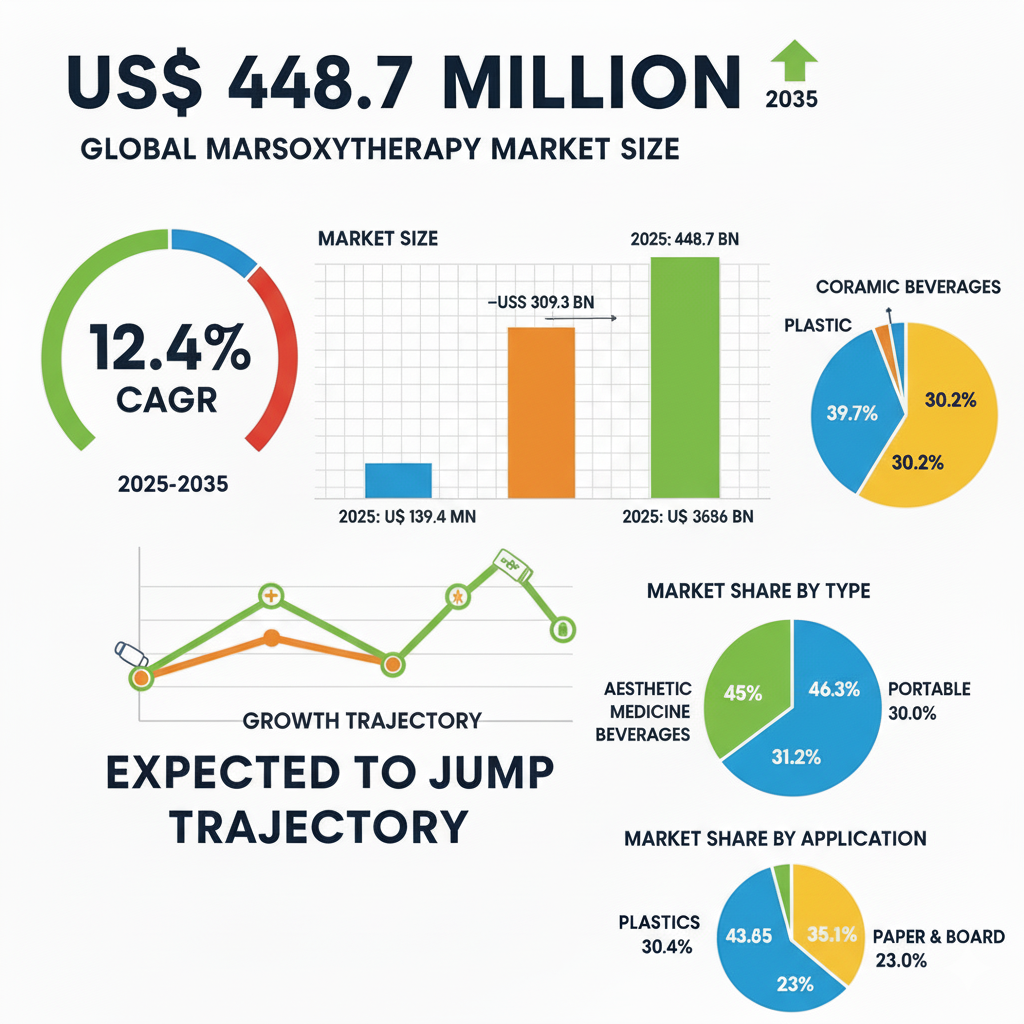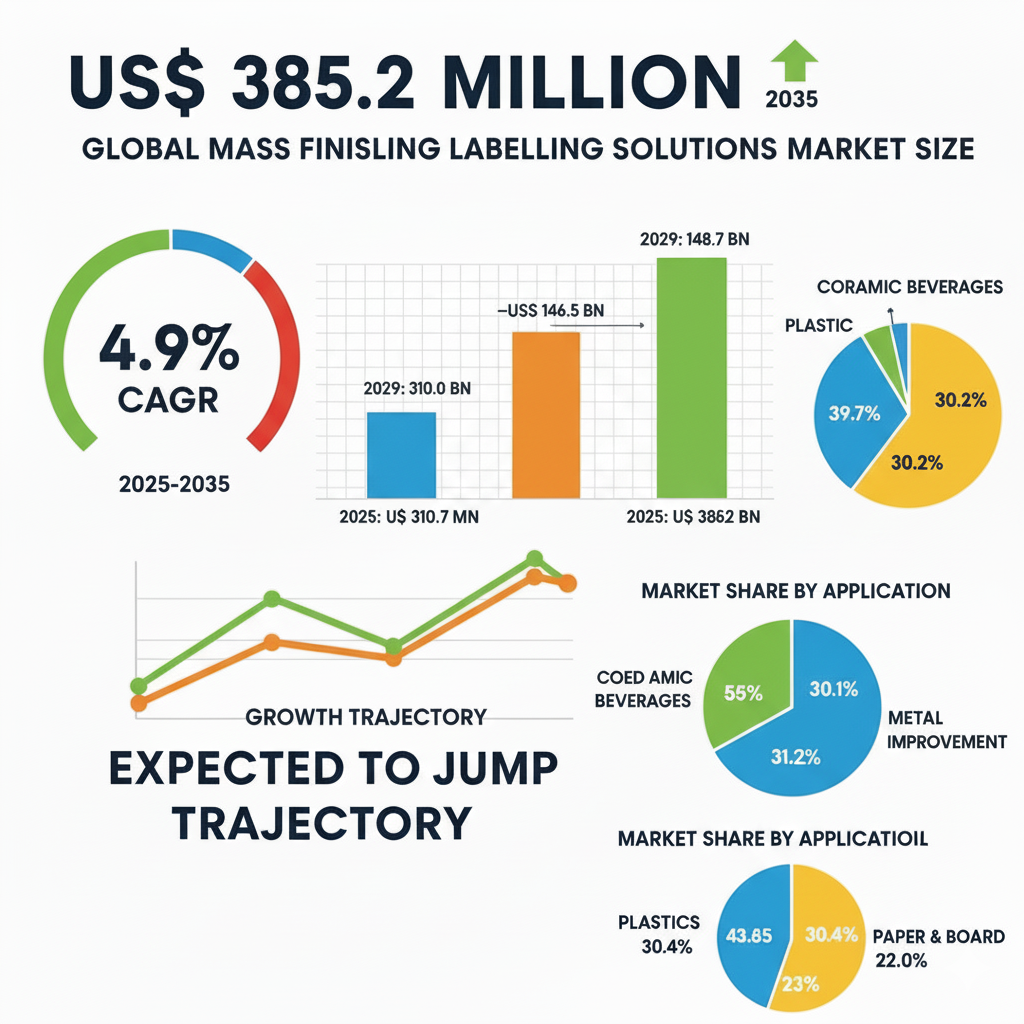The smart mining market is projected to increase tremendously 2025 to 2035 with regards to adoption of automation, artificial intelligence (AI), and IoT-based technologies, which is responsible for the Industry. At USD 18.5 billion in 2025, the industry is projected to increase to USD 52.8 billion by 2035, with a CAGR of 10.9% for the forecast period.
Mining has always been an industry of scale—massive machines, deep shafts, and sprawling operations extracting the raw materials that power economies. But behind the dust and dynamite, a quiet digital revolution is underway. Welcome to the era of smart mining.
Driven by automation, data analytics, and connected systems, smart mining reimagines traditional operations as intelligent ecosystems. It’s not about replacing miners with robots—it’s about making every process safer, more efficient, and infinitely more transparent.
Get Ahead with Our Report: Request Your Sample Now!
https://www.futuremarketinsights.com/reports/sample/rep-gb-512
More Than Machinery: Building Intelligent Mining Ecosystems
Smart mining goes beyond equipment upgrades. It involves embedding sensors, software, and connectivity across the entire mining value chain—from exploration and drilling to hauling and processing.
IoT-enabled devices track equipment health in real time. Autonomous haul trucks navigate pits with centimeter precision. AI algorithms optimize ore recovery while reducing waste. Every element feeds into a centralized platform, enabling predictive maintenance, data-driven decision-making, and agile operational planning.
In essence, smart mining turns physical assets into digital assets—unlocking new levels of control and responsiveness across sites and fleets.
Overshadowed by Surface-Level Tech, Yet Deeply Impactful
While consumer tech headlines are dominated by smartphones and EVs, smart mining quietly transforms one of the world’s most foundational industries. It tackles challenges often ignored in broader digital conversations—like worker safety, energy consumption, and geological uncertainty.
It’s a different kind of innovation—less flashy, but deeply consequential. In remote, hazardous, or high-stakes environments, smart mining enables operations that are not only more productive, but more humane and environmentally responsible.
From Reactive to Predictive Operations
Traditional mining often relies on manual inspections, post-incident analysis, and reactive maintenance. Smart mining flips that model—enabling proactive strategies that anticipate issues before they escalate.
AI and machine learning forecast equipment failures. Drones and ground sensors detect early signs of slope instability. Environmental monitoring systems keep tabs on air quality, water usage, and emissions. With this data in hand, operators can act decisively—reducing downtime, improving worker safety, and aligning with stricter ESG goals.
The Challenge of Integration and Scale
Despite its promise, smart mining isn’t plug-and-play. Integrating legacy equipment with modern systems, standardizing data formats, and training workforces for digital tools remain significant hurdles. Connectivity in remote areas also poses a major challenge—requiring hybrid networks that blend satellite, LTE, and mesh solutions.
Yet, the industry is adapting. Modular platforms, edge computing, and open-source standards are helping miners scale digital infrastructure in ways that align with both operational realities and capital constraints.
Exhaustive Market Report: A Complete Study
https://www.futuremarketinsights.com/reports/smart-mining-market
Sustainability Starts with Intelligence
As global demand for minerals grows—especially those critical to the green energy transition—mining must scale responsibly. Smart mining supports this by enabling more precise resource targeting, reducing energy intensity, and minimizing environmental impact.
From autonomous electric vehicles to closed-loop water systems, smart mining empowers operators to do more with less—ensuring profitability doesn’t come at the expense of the planet.
Invisible, Yet Foundational
Smart mining may not be visible to the everyday consumer, but its influence is foundational to modern life. It feeds the supply chains of smartphones, wind turbines, batteries, and beyond. And as the world moves toward decarbonization and digitalization, the demand for smart, responsible mining will only grow.
By transforming one of the oldest industries on Earth into one of the most advanced, smart mining proves that innovation isn’t just about new tools—it’s about using them to dig deeper, think smarter, and operate safer than ever before.






